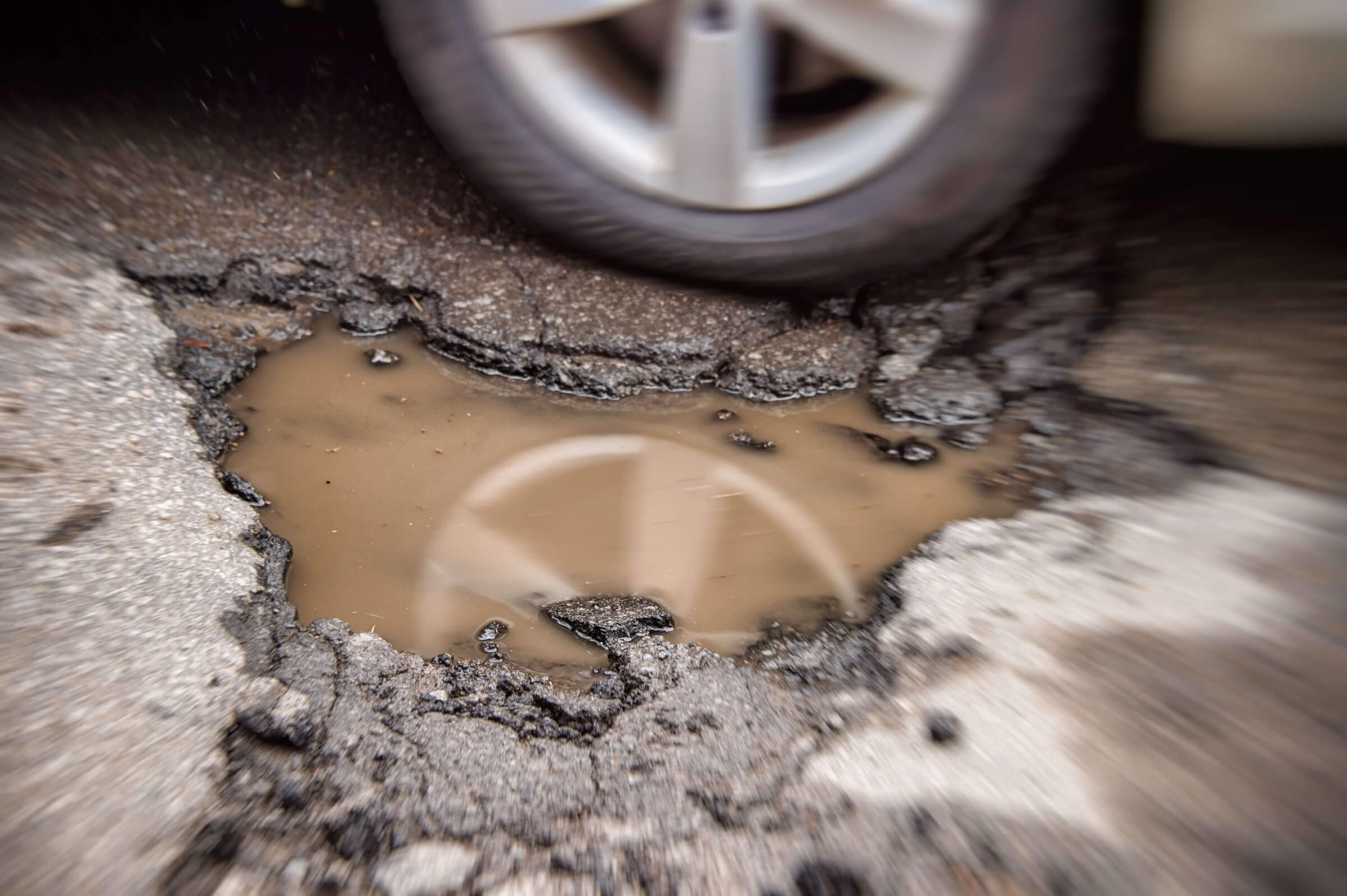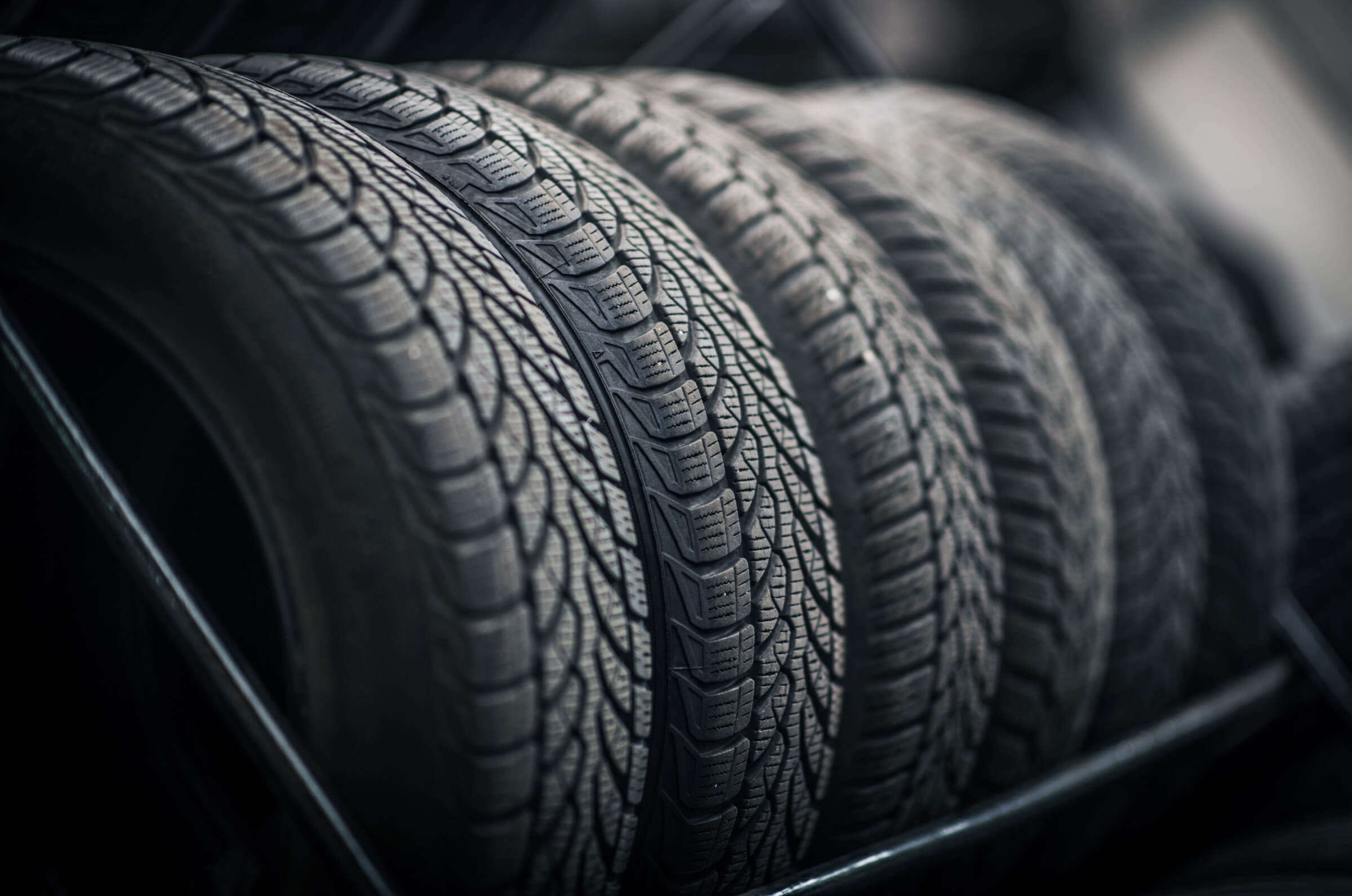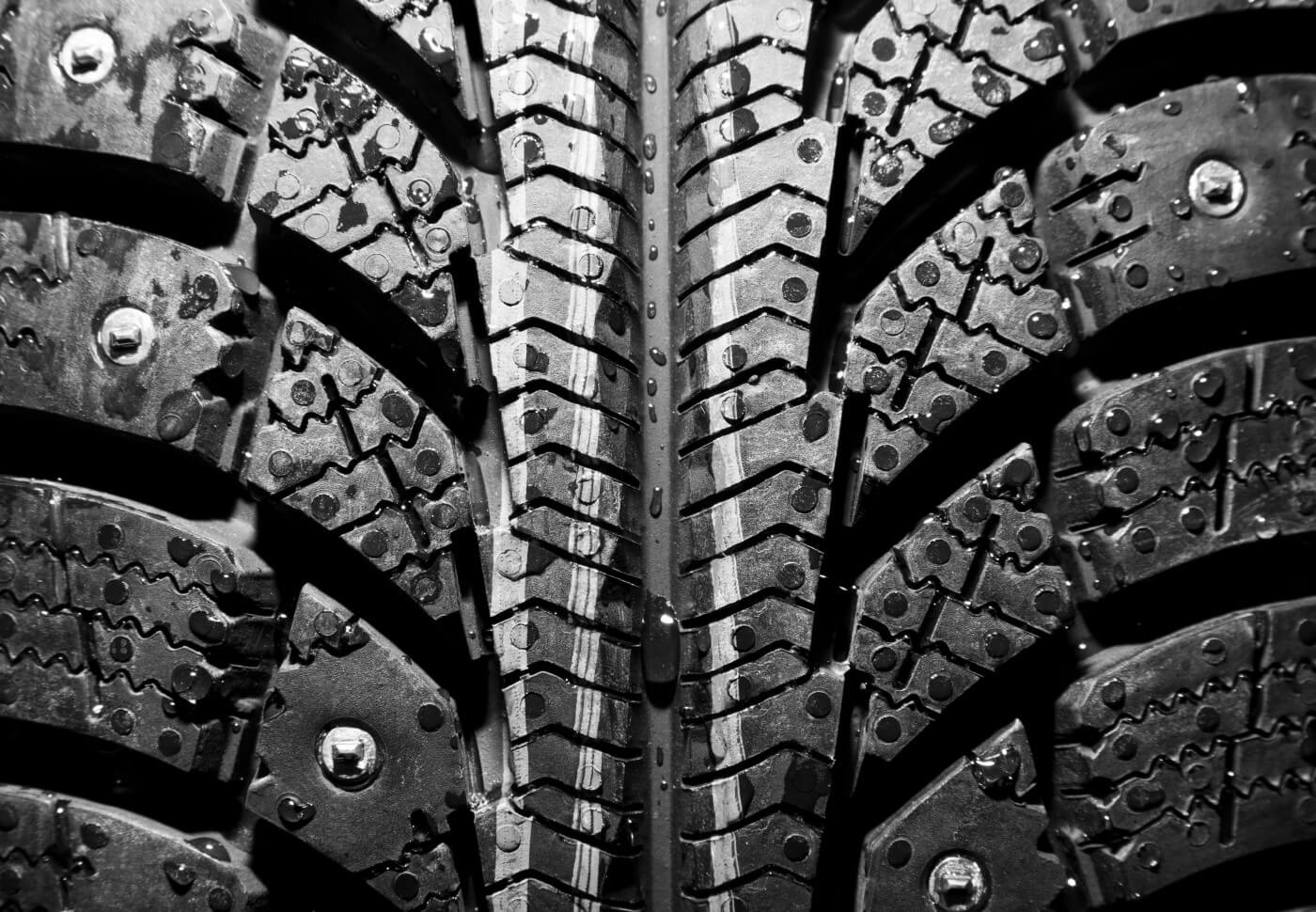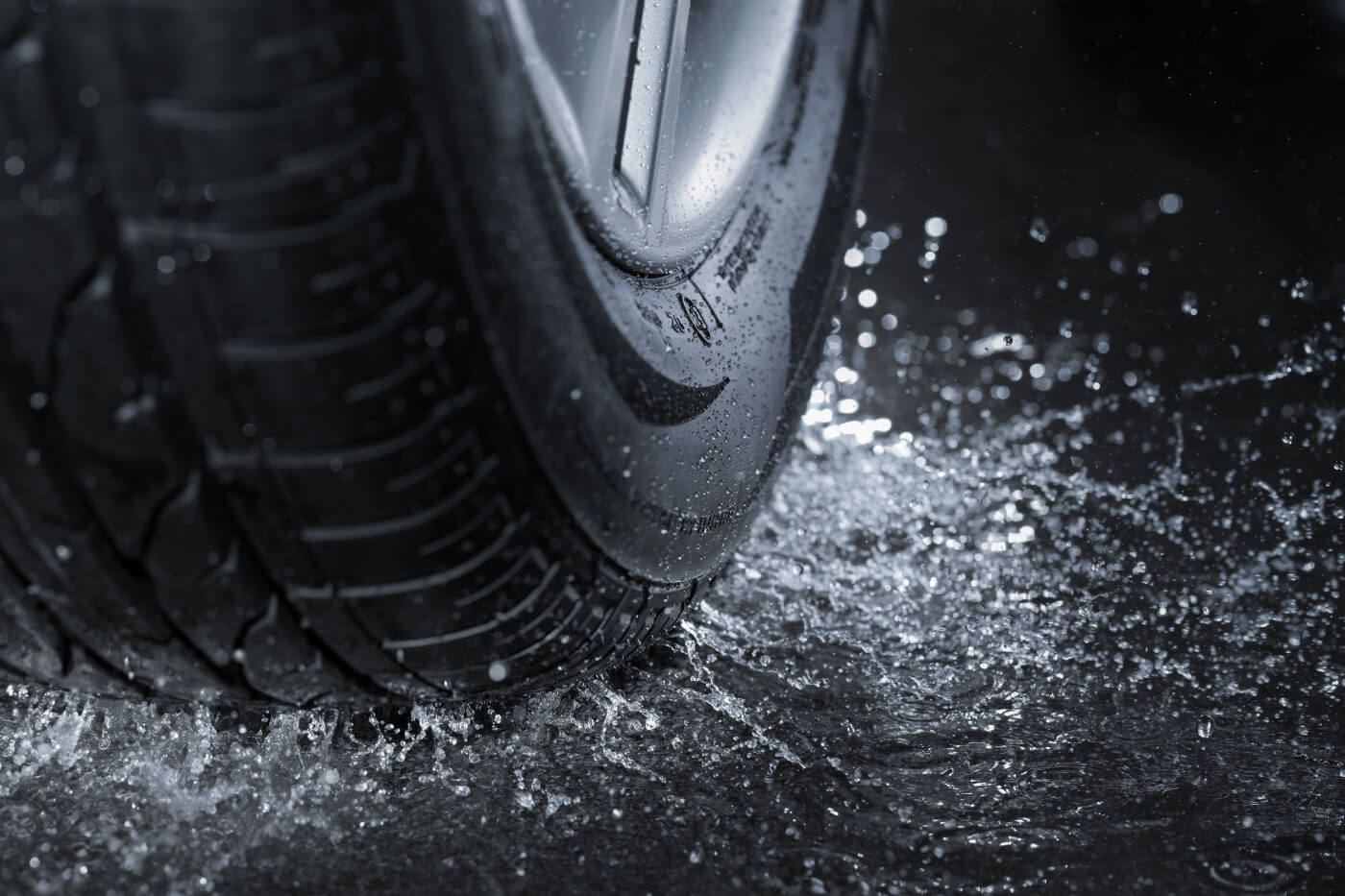After the frost season, and especially the thaw season, we see these famous holes appearing on our roads every year: potholes. If you have been driving in the streets of Canada for several years, it is more than likely that you have had an unfortunate encounter with one of them. I did it. And not necessarily with delicacy. But luckily, nothing too tragic happened, and my car (and my tires) did pretty well.
As it was the case for me, crossing a few potholes is rarely the source of significant breakage. It is still essential to learn about the possible risks and, mainly, what to do in case of damage!
Attention, fragile tires!
Your vehicle’s tires and rims, as well as suspension and alignment, are the most likely to fail due to the impact of road imperfections. Some shocks could even damage your tires beyond repair!
Alignment problems manifest as vibration and less efficient steering, while repeated jerks can cause your suspension to absorb shock less effectively.
For the wheels, a visual inspection will allow you to detect breaks. A bump in the tire, for example, may indicate that the inner plies of the tire are damaged and that its structure is weakened.
No precipitation
When you hit a pothole, the most important thing is how to react. After discovering signs of damage on your vehicle, do not delay in consulting your mechanical service center. Acting quickly allows you to reduce the damage caused to the vehicle, but above all, to protect yourself.
 If you want to take your case to court, know that you can do it. However, you will be asked to prove several things, including the responsibility of the authorities and the lack of signage, as well as provide photos of the location of the event and the pothole in question. So do not do like me and go straight, If you want to take action, take the time to document all the steps. Just know that positive results are extremely rare!
If you want to take your case to court, know that you can do it. However, you will be asked to prove several things, including the responsibility of the authorities and the lack of signage, as well as provide photos of the location of the event and the pothole in question. So do not do like me and go straight, If you want to take action, take the time to document all the steps. Just know that positive results are extremely rare!
As you can see, once the damage is done, there is unfortunately little recourse to take. It is, therefore, essential to prevent rather than repair. So you may need to change some driving habits.
Slowly but surely
If crossing the pothole is unavoidable, slow down as much as possible before impact and release the brakes at the last moment. In fact, braking during the impact could cause even more damage!
Before even hitting the road, however, we strongly recommend that you have your tires inspected regularly. Why not take advantage of your next tire change? Pressure, for example, plays a vital role. An over-inflated tire will be more likely to burst, while an under-inflated tire will be more fragile.
Now that you’ve got the tools, you don’t have to worry about potholes, these infamous emblems of our roads. By taking all the necessary precautions, you will minimize the risk of mechanical damage and save on your annual maintenance. Who would have thought it would be so simple? But I admit it, crossing a pothole still makes the driver nervous! I know it from a reliable source!






